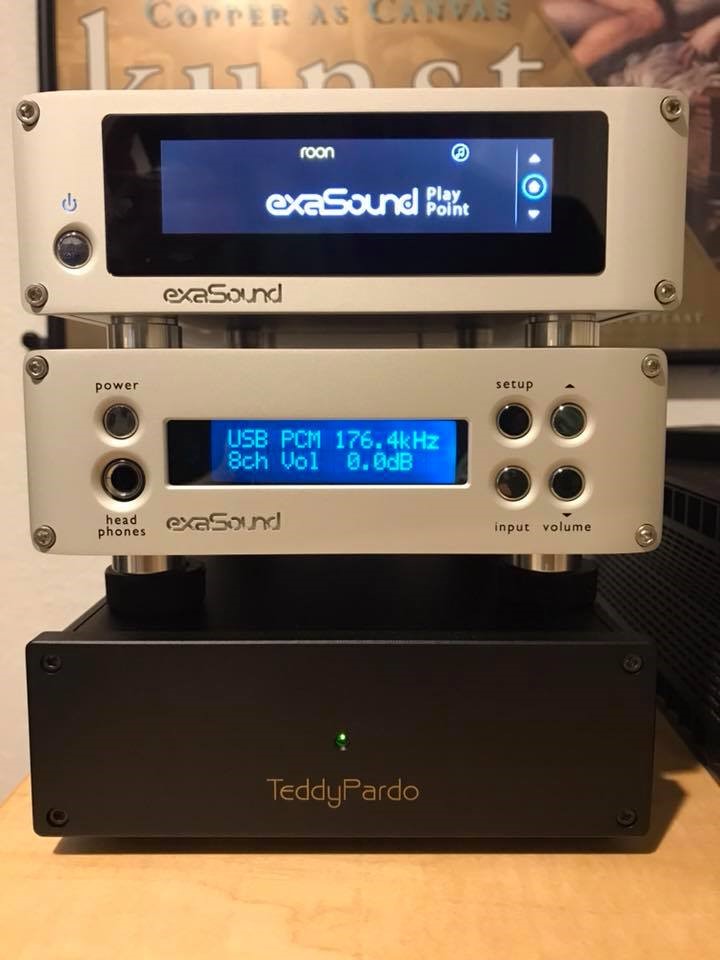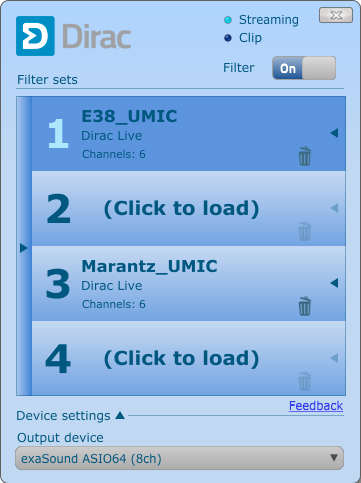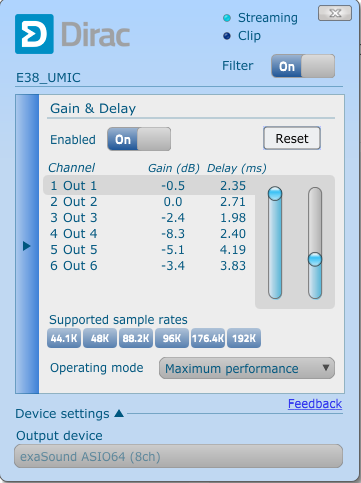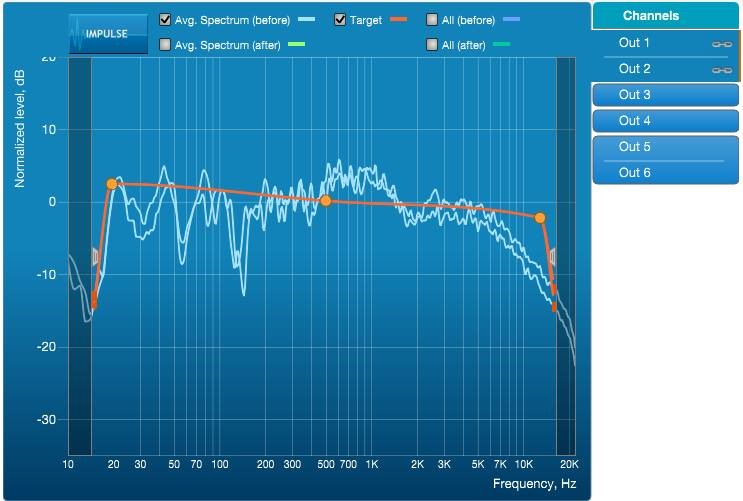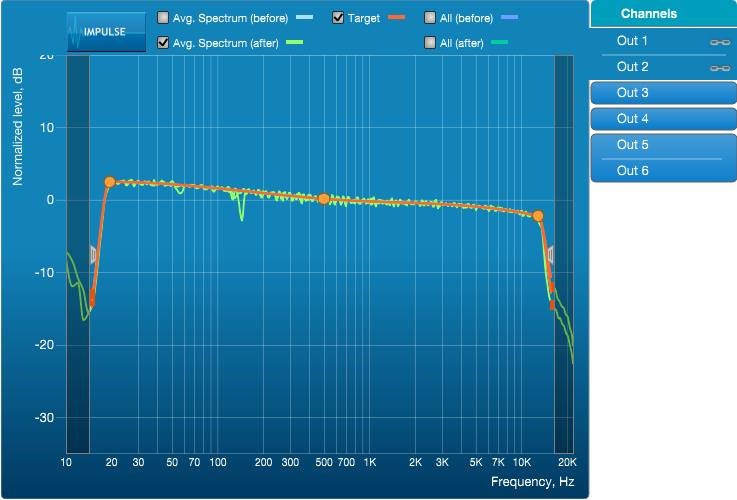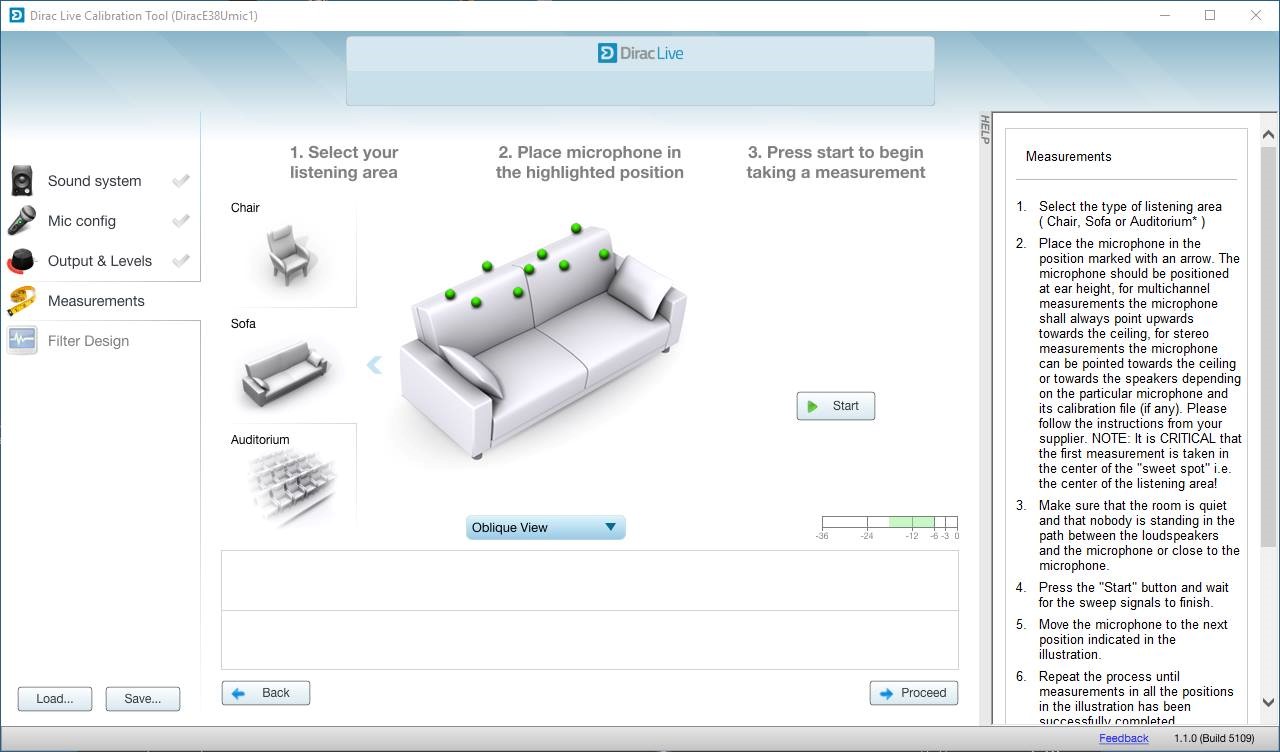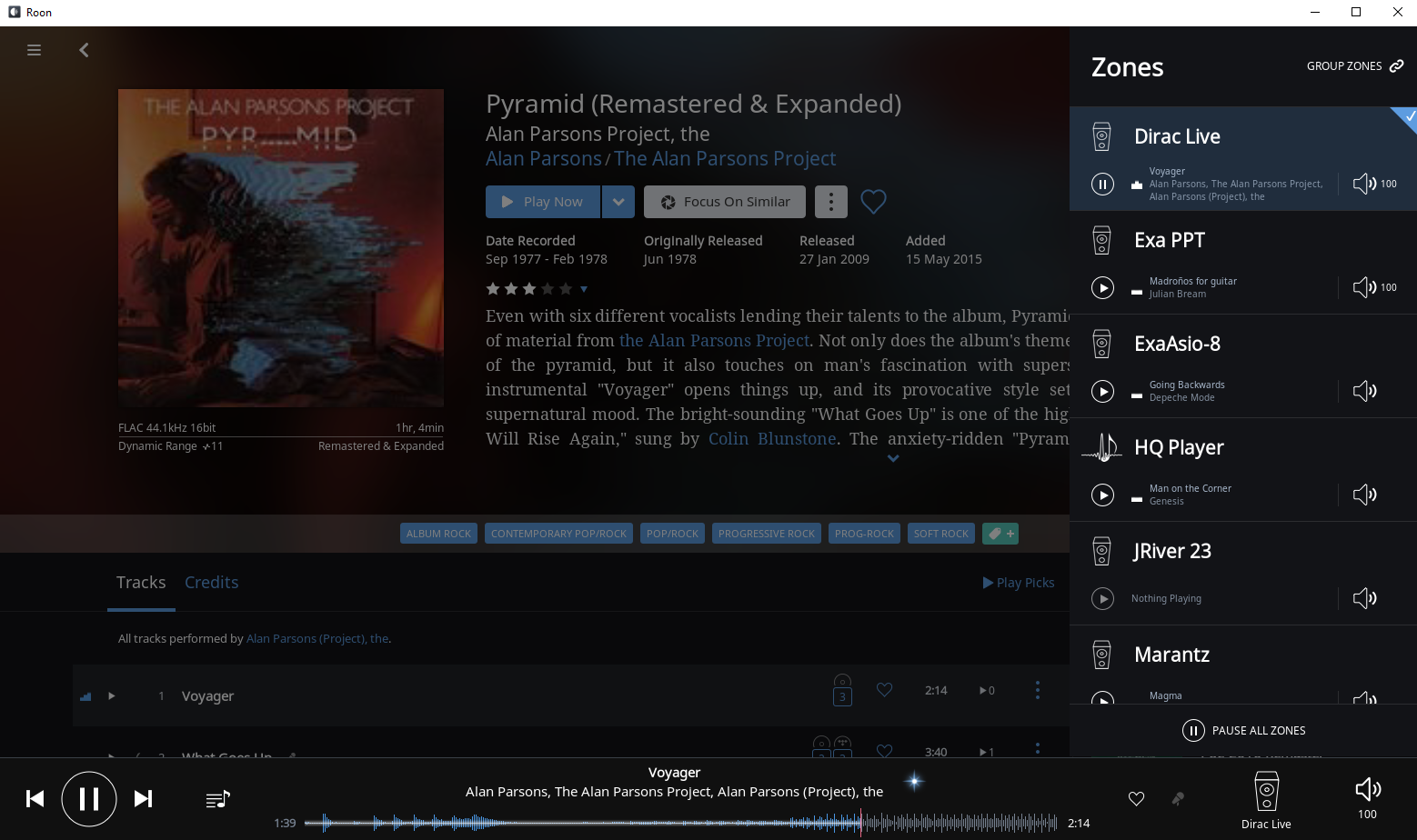Reposted from the
Hi-Res Digital Audio Discovery Group on Facebook. Follow the discussion on
ComputerAudiophile.com.
My LH Labs Pulse Xfi stereo DAC died last year so I started leaning heavily on my OPPO 105 as a stereo Asynchronous USB DAC with my PC as the source. All Stereo had been going through the Pulse. I love multichannel, and had been sending it over HDMI to my AV pre-processor. This worked well because I had Audyssey XT32 dialed in nicely. The Marantz didn’t support all bitrates, ISO, or DSD, so there were workarounds needed. For Stereo and DSD I preferred the OPPO 105 via analog out, but had to use HDMI for multichannel DSD.
I did try the OPPO’s the 7.1 channel analog outputs to my Marantz, but was never able to make OPPO’s built-in room equalization come close to Marantz’s Audyssey XT32 Room EQ. Pure Direct is and remains a dull and traumatizingly bad non-starter in my room.
The OPPO 105 does support multichannel over Ethernet from Jriver and the OPPOs DAC was slightly preferable to the Marantz’s DAC. But then the process began to break down, where the Pulse played everything I threw at it, the OPPO only accepts Stereo over USB from my PC USB, DSD64 only via USB thumb-drive, and other weird limitations. This elaborate setup almost required a flow-chart to decide how to handle varying file types for critical listening. Plus, Roon doesn't support multichannel over Ethernet to the OPPO 105 as an endpoint/zone like Jriver does,. Gotchas galore. My SimpleControl remote control app's macros helped a lot, but it was far from simple. I wanted to play everything through Roon over USB if possible. I also experimented with HDMI from my PC to the OPPO HDMI-In but ran into video synching and resolution issues and eventually gave up.
The underlying problem was that the OPPO 105 lacked the same sweet sound of the LH Labs Pulse, and I had taken a step backwards. Had the OPPO supported multichannel over USB I might have sufficed, but instead got acute upgradeitis. This led to the crazy idea of evaluating a multichannel DAC that would support ALL my PC playback efforts. One DAC to rule them all!
Well, there are only a handful of multichannel DACs on the market – this tiny niche is due to lack of demand, lack of multichannel downloads, setup complexity, and OPPOs lack of USB multichannel input flexibility doesn’t help, unless an aftermarket solution exists.
The fact remains that many PC audio users like me have already ripped multichannel recordings from their own Blu-ray Audio, DVD-Audio, and SACD collection. They would appreciate a DAC that can handle whatever channel configuration is needed without switching between outputs, settings, and even devices.
I found only 3 viable multichannel DACs (not counting the creative triple stereo Mytek-192 hack);
1. MiniDSP U-DAC8 - $255
2. ExaSound E38 - $3.8K (incl. Teddy Pardo Linear Power Supply).
3. Merging+Nadac - $15k
I had been considering several 2ch DACs, but multichannel was my main objective, so I avoided the temptation – plus, a great multichannel DAC should also do stereo well, right?
Given this price spread, I decided with some trepidation to give the Exasound E38 a chance, fully expecting to return it after the 30 day trial and settling for the MiniDSP. The fact that the E38 supports all 8 channels over USB was what made me the most intrigued. It also allowed Coax and Optical inputs for fun stuff like messing with CD Transports and other devices like Squeezeboxes, etc.
The wait was shorter than I expected, and the E38 arrived together with the Teddy Pardo LPS and the ExaSound PlayPoint network streamer (that’s a topic for a different post). The packaging is clean and protected the merchandise well, plus the beautiful aluminum casework inspired confidence.
I wasted no time connecting the E38, and it was simple; install the ASIO driver on my PC, move the PC’s USB cable from the OPPO to the E38, and move all 6 RCA unbalanced interconnects from the OPPO output to the E38’s output.
PC -> USB Cable -> 5.1 Analog Out RCA Interconnects -> Processor.
For reference, the 8ch outputs on the back of the ExaSound map to:
1. Front Left
2. Front Right
3. Center
4. Subwoofer
5. Left Surround
6. Right Surround
7. Left Side Surround
8. Right Side Surround.
Once I fired everything up the E38 ASIO driver was immediately available to both Roon and Jriver. The last step was to change the audio-input on my Marantz Processor from HDMI to 7.1ch In. This got me PC audio from the analog 7.1ch inputs and video over HDMI AUX 2 input I was already using. That was the only tricky setting.
Before I knew it, I was listening to the E38 for the first time. Compared to the Pure Direct from the OPPO or Marantz it was a noticeable improvement in terms of detail and clarity. However it was not as good as my dearly departed LH Labs Pulse Xfi in stereo mode. Why? There is some room correction processing on the stereo analog input, but only bass management on the 7.1ch input. Moving the L+R RCAs to the stereo CD input verified this - that sweet returned until I clicked on Pure Direct to ruin everything. This was why HDMI in on my Processor sounded better than 7.1ch-In.
My multipurpose media room has basic room treatment such a carpet and a curtain at the right first order inflection points, but digital room correction is necessary. On most AVR/Pre-pros, 7.1 Ch-In bypasses all room correction rather than converting analog back into the digital domain, applying DSP and converting it to analog a second time.
I let the equipment settle for a week just to give me time to fiddle around with HQPlayer, upsampling, etc, There were no Audyssey-like improvements and my heart kept sinking because the Pure Direct sound is not an option unless I get a dedicated treated room, and with multichannel surround this is even more critical. In short - I needed to room correction to correct the 7.1ch-in analog input beforeit left my PC. I had read about REW and Acourate room correction software on the PC, Googled multichannel room correction, and Dirac Live popped up. It looked relatively simple yet with a robust feature set, and had a 14 day trial. I installed it, got the room measurement microphone from my Marantz, plugged it into the microphone input on my PC and started the familiar 9-point sweep tone measurement process. Surprisingly this was a as or even little more intuitive than the Audyssey XT32 or MCACC processes. Dirac Live installs its own WASAPI driver an control panel which sits before the ExaSound E38 driver in the audio chain. Roon and Jriver both detect the Dirac Live driver, so no drama.
Dirac Live’s room correction was far better than I expected, and it effortlessly bested the bar set by Audyssey's XT32. Once engaged, The Dirac WASAPI sound driver enhances the sound with a silky balanced poise and soundstage that must be heard to be believed. This is not like some cheesy DSP mode, it's something very different. It's the real deal. Even at low levels it's obvious something very special is happening. Especially compared to Audyssey the sound is less less bombastic and saturated. Dirac Live enhances the sound with a silky balanced poise that must be heard to be believed. Even at low levels it's obvious something very special is happening. Dirac Live applies room correction before the audio is fed to the DAC. Dirac works surprisingly well for stereo, but it's utterly indispensable for the tricky room dynamics encountered with a multichannel setup. Dirac makes good DACs sound great, and great DACs like the Exasound E38 sound spectacular.
There’s a handy Dirac Live Filter ON/OFF switch that allows you A/B the sound, and it’s the most obvious instant night and day comparison. Yet I was still leery that this Dirac Live wonderswitch was somehow rigged to hurt the unfiltered, so I compared the native E38 driver and Dirac Live with the Filter Off, and yup – identical. I am not prone to hyperbole, but if you depend on DSP Room correction in your current system them chances are that this will persist when you travel the 7.1ch in route. I even suspect that those people who have room treatments could stand to benefit from Dirac Live, it’s that good.
Naturally I went back and applied Dirac Live to the Marantz and OPPO DACs - each improved as well, but the E38 stood alone.
The ExaSound WAS the one DAC to rule them all - my quest was over.
As hoped, the ExaSound is not only a great 2 channel DAC, but its 8 channel capability makes it a unicorn and nearly 5x less expensive than the 8 channel Merging-NADAC. I have been living with this ExaSound E38 DAC and Dirac Live for over 3 months now, and it has completely reinvigorated my music enjoyment. I can’t wait to fire the rig up because my system has never sounded this good. I can throw everything at it, without silly setting changes. Acute upgradeitis? Cured! Bouts of Vinyl-confusion? Cured!
My biggest lesson was that room correction is critical for my setup, both in stereo and multichannel.
Your mileage may vary, but the 14-day trial of Dirac Live is like taking in a sweet little puppy into your house for a few days. You inevitably fall in love with the puppy, and it never goes back. Only attempt this if you can handle the fact that multichannel Dirac Live costs $750.
Remember the doe-eyed impossibly cute puppy. You have been warned - this bell cannot be unrung.
